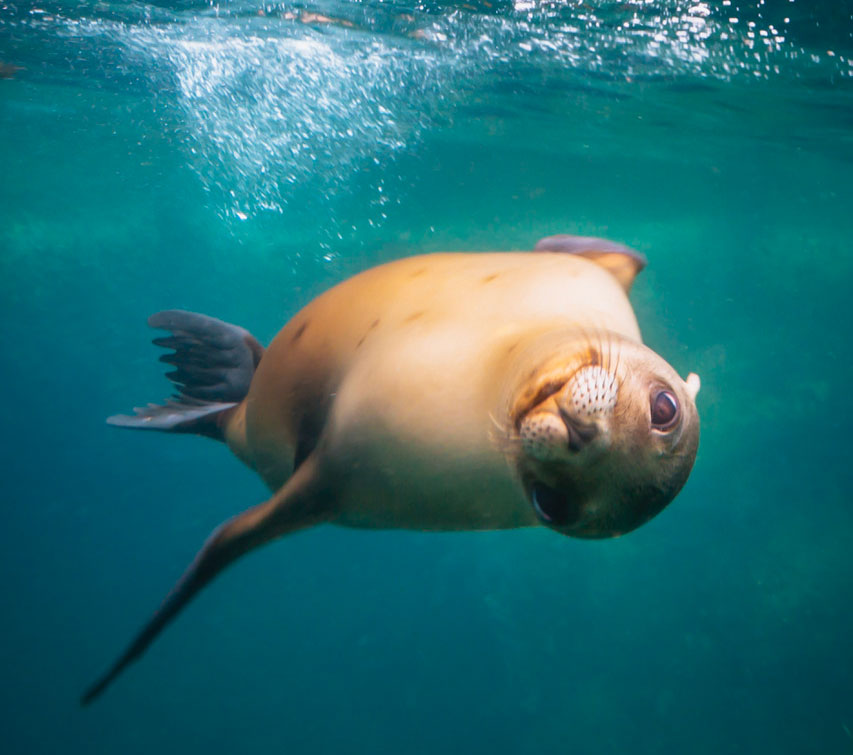
Transmissions between mammals demonstrate the serious dangerousness that mutations of avian influenza viruses might lead to an epidemic or pandemic for humans
Public debate, press articles and, most recently, scientific publications also have alerted to a potentially threatening development related to the avian flu virus currently in circulation around the globe.
After an outbreak in Peru highly pathogenic avian influenza (HPAI) killed 3,500 South American sea lions, and is raising fears that humans could become more vulnerable, because there are concerns that bird flu could be getting better at crossing over to mammals after the disease.
In the past year the virus has spread rapidly among poultry and wild birds, but it is not thought to have been spreading between mammals. However, the virus responsible for an outbreak of HPAI at a Spanish mink farm in which over 50,000 American animals were killed was found to have acquired a mutation that allowed it to replicate faster in mammals. This spread of avian influenza into and between wild mammals has raised concerns that viruses could be getting better at adapting to humans as well. This has only increased by the recent infection of two people in Cambodia in February – one of whom died later.
After an outbreak in Peru highly pathogenic avian influenza (HPAI) killed 3,500 South American sea lions, and is raising fears that humans could become more vulnerable, because there are concerns that bird flu could be getting better at crossing over to mammals after the disease.
In the past year the virus has spread rapidly among poultry and wild birds, but it is not thought to have been spreading between mammals. However, the virus responsible for an outbreak of HPAI at a Spanish mink farm in which over 50,000 American animals were killed was found to have acquired a mutation that allowed it to replicate faster in mammals. This spread of avian influenza into and between wild mammals has raised concerns that viruses could be getting better at adapting to humans as well. This has only increased by the recent infection of two people in Cambodia in February – one of whom died later.
